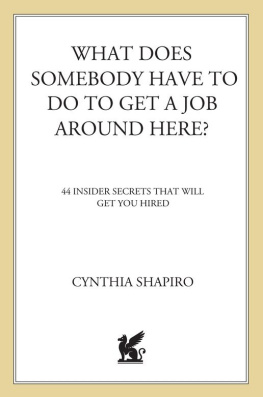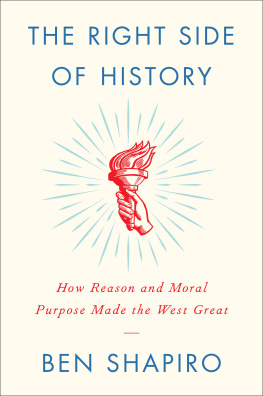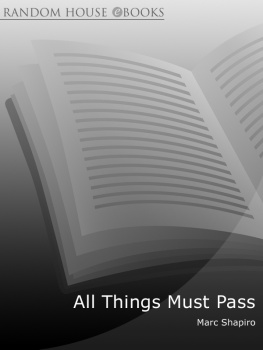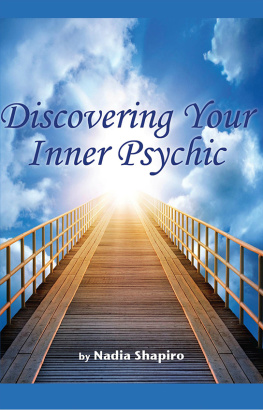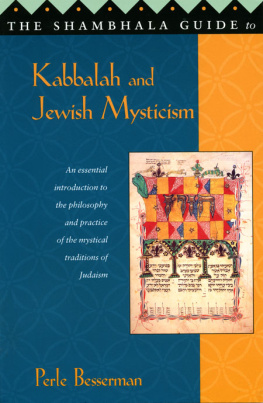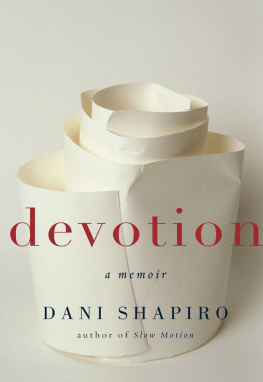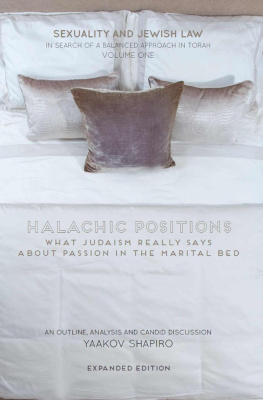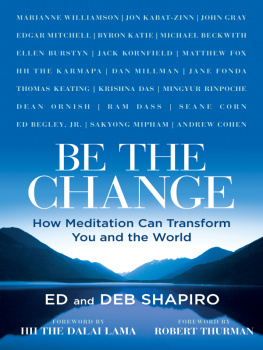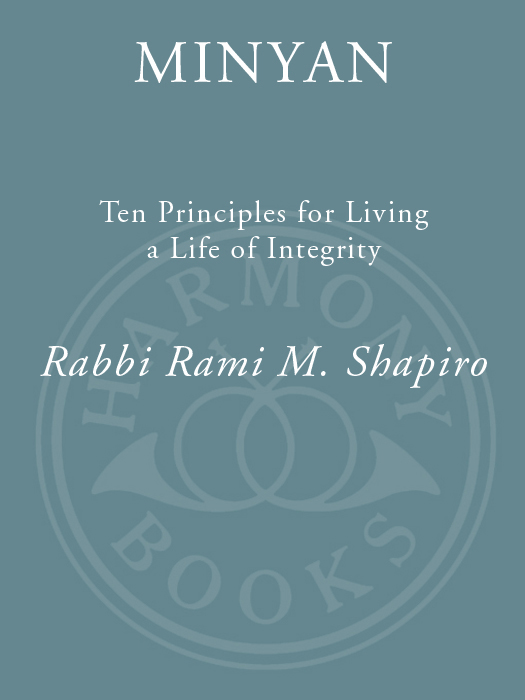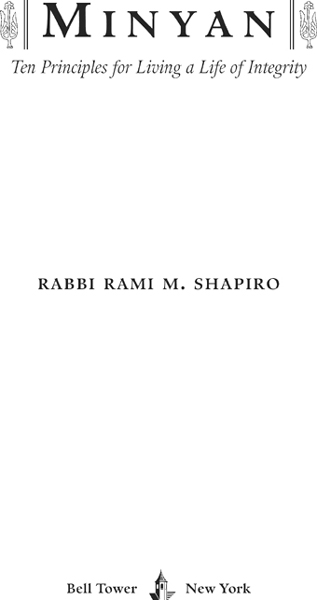This book is the culmination of almost two decades of Jewish spiritual teaching, practice, and experimentation within the context of Congregation Beth Or of Miami, Florida. I founded Beth Or with the express purpose of providing myself with a think tank for Jewish mystical and spiritual exploration. I wanted a place where I would be free to learn and share what I learned with others who were hungry for a liberal Torah-based spiritual practice. It grew to become that and much more. Beth Or is my extended family.
The tenfold path of spiritual practice presented here has been tested by members of my congregation, as well as by hundreds of students and religious seekers who have participated in my services, seminars, and workshops over the years. Not all of them found it satisfying or compelling. Yet many did, enough to persuade me to continue my teaching and outreach. It is to them that I owe a great debt of gratitude. Without their love and support I would not have continued to travel the road of a congregational rabbi. Instead I would have privatized my spiritual search and turned inward for meaning and purpose. It would have been a less fulfilling path.
The impetus for this book, however, came not from my practice or my congregation, but from my friend and editor, Toinette Lippe of Bell Tower. It was Toinette who saw in my teaching a primer for Jewish spirituality. It was she who helped me shape my practice and ideas for publication. It was she who believed not only in me, but also in my teaching. For that I am eternally grateful. And while I bear sole responsibility for the accuracy and authenticity of the ideas presented here, I owe the clarity of what I write to her.
I owe you, my reader, a debt of thanks as well. There are thousands of books dealing with spiritual teaching and practice. The fact that you would take the time to read mine is humbling, to say the least. I hope you find in these ideas and practices a compass for your own spiritual journey toward awakening.
Rabbi Rami M. Shapiro
The lecture hall was packed. We had come to learn about three of the worlds great religions. We were hungry for something new, some spark of insight that would rekindle souls cool with doubt.
The first to speak was a Catholic priest. He sat on a large, straight-backed oak chair with thick rectangular arms and a red velvet seat. He spoke about theology and faith.
The rabbi was next. He sat on a metal folding chair that creaked as he squirmed around on it. He spoke of Jewish history, the Holocaust, Halacha (Jewish law), and human rights.
The Buddhist monk was last. He sat on brown cushions placed carefully on a carpet on the floor. He instructed us in meditation: sit up straight, close your eyes, count your breaths one to ten over and again. He invited us to try it, closed his eyes, and said nothing for fifteen minutes. He clapped his hands twice to call us back to attention. This is Buddhism, he said. Any questions?
It has been over twenty-five years since I attended that lecture, and Ive never forgotten it. The priest was remote and seemed very sure of himself. He provided us with answers but was not interested in our questions. The rabbi was passionate but abstract. He offered peoplehood to individuals still unsure of selfhood. Only the monk took our seeking seriously. Only he showed us what to do. And it was what to do that I wanted to learn.
Certainly Judaism is filled with doing; but the doings to which I was exposed as a child were rituals performed without real purpose or understanding. My family observed the holy days and Shabbat (Sabbath) because we were commanded to do so. Fulfilling our obligations to God and tradition seemed to be the whole of Judaism. One was a good Jew if one conformed to the ways of the old Jews. I wanted something more.
Not long after my experience with the Buddhist monk, I attended a lecture by a rabbi who had just published a fiery call for reinvigorating Judaism with kabbalistic insights and practices. He spoke for an hour, outlining the key concepts of Jewish mysticism, and then invited the audience to form a huge circle.
He lighted the braided candle of Havdalah, the ceremony separating the Sabbath from the workweek, and asked us to focus on the flame. His voice softened, deepened; he led us into a light trance state. After a few relaxation exercises he guided us through a fantasy world of our own making, helping us find the divine flame within each one of us.
The experience moved me deeply. I was elated to have finally met a teacher of Jewish spirituality. After the talk I managed to get close enough to ask the rabbi: When can I visit your synagogue and experience more fully what you teach?
Without missing a beat, he laughed and said: My synagogue? We dont do this in my synagogue. To tell you the truth, I dont know of any synagogue where you can practice Judaism this way.
I was crushed, saddened, and not a little angry. I felt like challenging the rabbi to preach what he had just practiced, but the crowd had pressed in on him and I was pushed to the back.
I wanted a Jewish spiritual practice that would infuse my days with light, with joy, with peace, with a transcendent sense of meaning and purpose. I suspected that such a Judaism existed, but I had no idea where to find it. So hungry was I for this spiritual Judaism that I vowed that if I had to, I would create it myself. The chutzpah of a nineteen-year-old.
I was fairly new to spirituality, having started my study of world religions two years earlier while still in high school. I had the good fortune to learn from two history teachers, Michael Gelinas and Peter Santos, who had just returned from a summer study program in India. Their enthusiasm was catching. I read every book on Eastern philosophy I could find. I enrolled in a one-day introduction to Zen Buddhism taught by Roshi Philip Kapleau and learned to sit zazen, the meditation practice of the Zen Buddhists. I dreamt hungrily about enlightenment.



